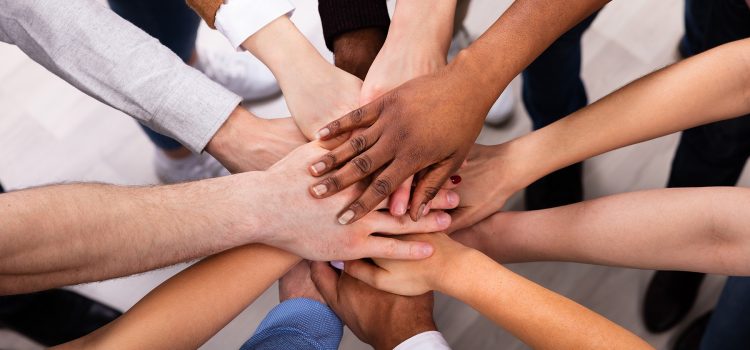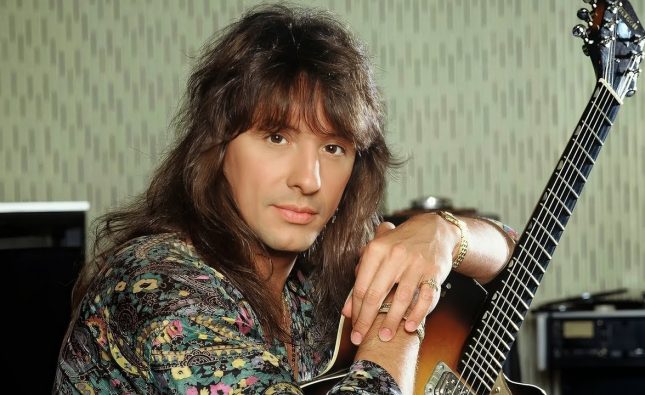
Introduction
Diversity in entertainment has become a pivotal topic in recent years, reflecting broader societal shifts towards inclusivity and representation. As the entertainment industry wields significant cultural influence, its portrayal of various identities and experiences can shape public perceptions and attitudes. This article delves into the role of diversity in entertainment, examining the strides made so far, the ongoing challenges, and the future outlook for a more inclusive industry.
Historical Context
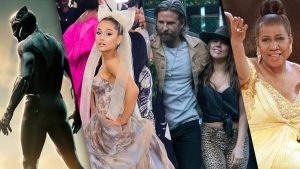
-
Early Representations
Historically, the entertainment industry has been criticized for its lack of diversity. Early films and television shows predominantly featured white, male protagonists, with marginalized groups often relegated to stereotypical or minor roles. This lack of representation not only marginalized these groups but also perpetuated harmful stereotypes.
-
The Civil Rights Movement and Beyond
The Civil Rights Movement of the 1960s marked a turning point, as activists demanded greater representation and equality across all sectors, including entertainment. This period saw the emergence of more diverse voices and stories, although progress was slow and often met with resistance.
Progress in Diversity

-
Increased Representation
In recent years, there has been a noticeable increase in the representation of diverse groups in entertainment. Films like “Black Panther,” “Crazy Rich Asians,” and “Moonlight” have not only achieved critical and commercial success but also highlighted the demand for diverse stories. Television shows such as “Pose,” “Fresh Off the Boat,” and “Master of None” have similarly broken new ground in showcasing diverse narratives.
-
Behind the Scenes
Diversity in entertainment is not limited to on-screen representation. There has been a growing recognition of the need for diversity behind the scenes, including writers, directors, producers, and executives. Initiatives and programs aimed at nurturing diverse talent have been established, contributing to a more inclusive industry.
-
Awards and Recognition
The recognition of diverse talent through prestigious awards has also become more prevalent. The Oscars, Emmys, and other major awards have seen a more diverse pool of nominees and winners in recent years, reflecting a broader acknowledgment of diverse contributions to the industry.
Challenges to Diversity
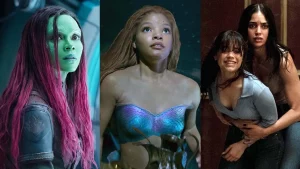
-
Systemic Barriers
Despite the progress, systemic barriers continue to hinder diversity in entertainment. These include entrenched biases, unequal access to opportunities, and a lack of support for marginalized groups. The industry’s gatekeepers often lack the cultural competency to recognize and nurture diverse talent, perpetuating a cycle of underrepresentation.
-
Tokenism and Stereotyping
While there has been an increase in diverse representation, it is not without its pitfalls. Tokenism, where a single character or story is used to represent an entire group, remains a significant issue. Additionally, the portrayal of diverse characters often falls into stereotypes, failing to capture the complexity and richness of their experiences.
-
Economic Factors
The economic structure of the entertainment industry also poses challenges to diversity. High production costs and the reliance on box office success can make studios risk-averse, leading to a preference for “safe” stories and established talent. This can marginalize diverse voices and stories that are perceived as less commercially viable.
The Role of Audiences
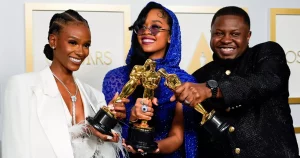
-
Demand for Diversity
Audiences play a crucial role in driving diversity in entertainment. The success of diverse films and shows demonstrates a clear demand for inclusive content. Social media and online platforms have amplified audience voices, enabling them to hold the industry accountable and advocate for greater representation.
-
Fan Communities
Fan communities have become powerful advocates for diversity. Through campaigns, petitions, and social media activism, fans have successfully pushed for more inclusive casting, storylines, and production practices. These communities are instrumental in challenging the status quo and fostering a more inclusive entertainment landscape.
The Future of Diversity in Entertainment

-
Technological Advancements
Advancements in technology are reshaping the entertainment industry and creating new opportunities for diverse voices. Streaming platforms, social media, and digital content have democratized access to audiences, allowing creators from diverse backgrounds to share their stories without traditional gatekeepers.
-
Industry Initiatives
The industry is increasingly recognizing the importance of diversity and implementing initiatives to promote inclusivity. These include diversity quotas, mentorship programs, and partnerships with organizations dedicated to supporting marginalized groups. Such efforts are crucial in creating a more equitable industry.
-
Global Perspectives
The globalization of the entertainment industry is also contributing to greater diversity. International films and shows are gaining prominence, bringing diverse cultural narratives to global audiences. This cross-cultural exchange enriches the entertainment landscape and fosters a more inclusive global community.
Conclusion
Diversity in entertainment is both a reflection of and a catalyst for broader societal change. While significant progress has been made, challenges remain in achieving true inclusivity. By addressing systemic barriers, combating tokenism and stereotypes, and leveraging the power of audiences and technology, the entertainment industry can continue to evolve towards a more diverse and inclusive future.








